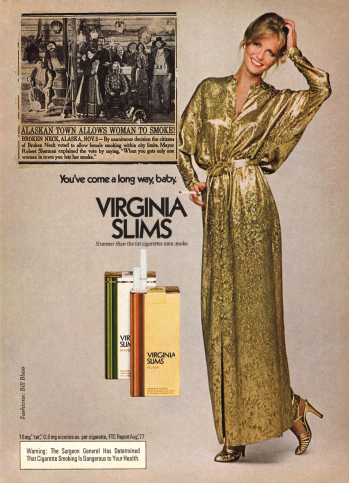There is the sexual kind, which includes lewd innuendos, touching, and groping, and goes on up to rape or assault. During my training in the late 1980s and early 1990s, we tried to preempt some of this by dressing to appear as asexual as possible. But we all know that sexual assault is not about sex. It is about power. Thirty-two percent of women otolaryngologists, compared with 5% of men, report personally experiencing sexual harassment (Arch Otolaryngol Head Neck Surg. 2004;130:695–702).
Explore This Issue
April 2018There is the psychological kind, which generally can be broken down as follows:
- The reinforcement of a woman’s “impostor syndrome,” where she feels that she somehow doesn’t belong and her boss/institution/colleague/underling/everyone confirms her suspicion;
- The concept of woman as token—“Oh, you’re the woman on the panel/committee/authors list”—not chosen for her accomplishments;
- The assumption that the woman in front of you is a nurse and the man is a doctor, even when the woman is actually cutting on the patient;
- The frequent infiltration into the woman surgeon’s personal life with expressed or implied criticisms of her life choices—married or not, has children or not, has short rather than long hair, is wearing slacks rather than a skirt, and so on;
- The co-opting of a woman’s idea by a man as his, while cutting her out; and
- The assigning of women to nurturing roles even at work, instead of the more “hard-hitting” or scientific work that can lead to recognition and promotion.
There is the disrespectful kind of harassment, which includes co-opting her ideas, decisions that lead to ‘manels,’ decisions that only assign women surgeons to non-surgical topics when they are asked to sit on panels, and gender bias in editorial boards at journals.

Unfortunately, only a small tweak to the headline in the old newsplaper clip included in this 1970s Virginia Slims advertisement, so that it reads “Otolaryngology Allows Women to Lead” and the removal of the cigarette (replaced with a scalpel, an endoscope or a drill), are needed to render this pertinent today.
The Advertising Archives / Alamy Stock Photo
And, of course, there is the monetary kind. Women overall make 74 cents on the white male dollar. Black women? 65 cents. Asian women are “soaring” at 85 cents. The gender pay gap varies geographically within the U.S. In Charleston, S.C., for example, male physicians earn 37% more than female physicians. Black men fare better than women on the whole, but they are not as well paid as white men—an important but different subject matter altogether. Even when a university claims to be female friendly, it is important to read the fine print.